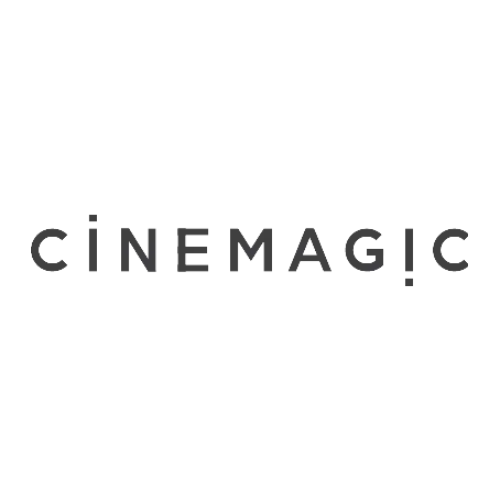Director or filmmaker and finding it difficult to acquire a suitable crew for shooting your film? Searching for a low-budget solution yet professional? Starting your first “one-man crew” experience is now few steps away.
This blog will give you professional tips and tricks on how to shoot your first “one-man crew” film by yourself, confidently with no regressions.
1. Planning comes first:

As a director or a filmmaker, you need to know why you are making a film, who your target audiences are and what story you are going to tell. Having a clear goal to reach will lead you to the right paths to take.
You also need to decide on the type of your film, as documentaries for example differ from vlogs and other types.
It’s also important to know the film’s ending before shooting your first scene, as you need to avoid repetitions, waste of your time and effort and ending up with a film that is totally different from the one you had in mind.
A simple yet detailed script is a very good step to start with, deciding on the right locations you should be heading to, actors if needed and a simple story board with a definite shooting schedule which includes last-minute surprises and sudden changes, and remain prepared for them.
Knowing your shooting environment like changing weather patterns, sunrises, sunsets and changing day lights can drastically affect your shooting. In addition night shooting will need few extra preparations.
2. Keep it Simple:

Keeping your first “one man crew” experience simple, will help you avoid many mistakes and challenges.
You don’t need to get many cameras and heavy tools, as this will slow you down and can cause confusion, one camera with two or three lenses usually 24 mm, 50 mm and 24-70 mm for the zoom will make it happen.
You will also need a good microphone especially when your film includes interviews, and a tripod to avoid shaky shots.
3. Shooting:

After planning phase is over and you are ready for shooting, you need to remember that adjusting your camera for outdoor shooting can always be very tricky and you need to avoid certain options like using “Auto focus”.
“Manual Focus” can be your best choice especially when many objects appear in your depth of filed. The reason behind using the “Autofocus” is blurring the area around the object you need to shoot, but when used in outdoor shooting the opposite can easily happen and you will end up with blurred footage that you cannot use.,
4. The power of Sound:

Sound is also considered a real game changer when it comes to shooting, as your audience might ignore imperfect shots but they will definitely lose their interest and get distracted if you didn’t offer them clear and good quality sound.
You not only need to choose the right microphones and make the proper sound check before shooting, but you also need to guide people you are interviewing to be as specific as possible when telling the story, as this will help you avoid days of editing an unneeded distortion.
5. Review your material:

As surprises happen very often and you don’t need a bad one after spending days of shootings, you need to consider reviewing your footage as many times as you can.
Reviewing footage will make you aware of any lost or poor quality scenes and accordingly allow you to repeat the shooting or make any required changes in the shooting plan.
6. Editing your film:

Editing is as much important as shooting, as using poor editing tools and softwares can waste all the efforts you have made. You have a plenty of choices, and some of the most recommended softwares are – Apple’s iMovie, Adobe creative Cloud, Pinnacle Studio, Windows Movie Maker etc and it is pretty easy nowadays to find reviews about the best choices you can make.
7. Audiences’ Turn

Once done with editing you should be waiting for people to watch your film. You have a plenty of options to choose from! Some filmmakers prefer YouTube to show their films, but then they have to consider paying for promotions to make their work visible.
Film festivals are also a good choice as it will give you the chance to show your film and make your work recognized in the industry among other filmmakers who also participate in these local festivals. This will also give you more confidence if you are thinking of showing it to the outside world.
Social Media platforms can help you tell your story too, especially when you have good number of followers.
Vimeo is a one of the most recommended platforms to show your film as many filmmakers use it due to its high-quality upload option.
Whatever platform you choose to tell your story, you need to ask your Audiences, critics and other filmmaker for a feedback as this will not only shed the light on areas that you didn’t see before but will also give you confidence to repeat that unique experience more than once.
